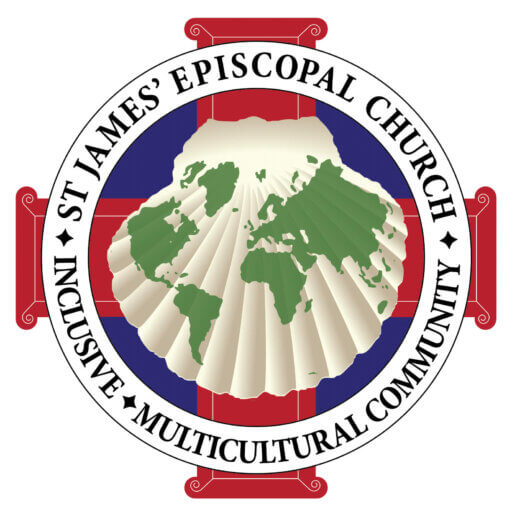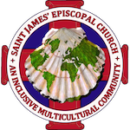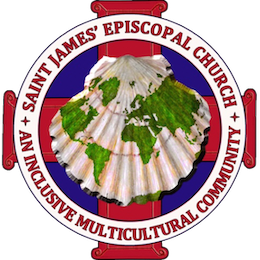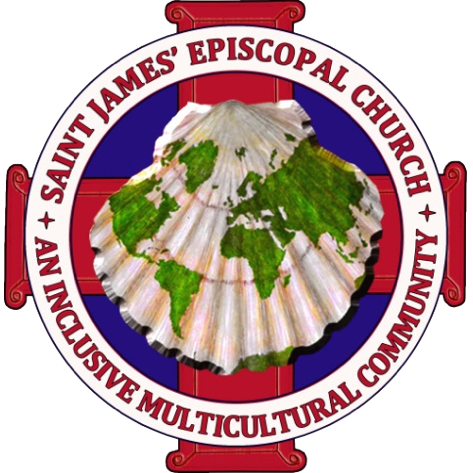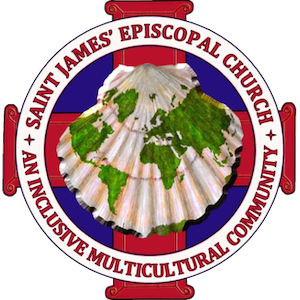Love is the Way: Chapters 9 & 10
Central Question: How do we make one out of many without obliterating anybody?
The story that Bishop Curry tells in this chapter is one that assumes that you may have some knowledge of the Anglican Communion and how we hang together and disagree together. That might be a bad assumption. Does anyone have any questions they need to ask for clarification or context?
One of Bishop Curry’s insights is that it matters what we place at the center of our lives together. Hence, his three pillars: Evangelism, Racial Reconciliation, and Care for Creation. Or the humanitarian work of the Anglican Communion. Or in chapter 10: Water is life.
What are some times when you or a community you were a part of decided to change what you placed at the center of your lives together? What difference did it make?
There are a couple stories in each of these chapters about the role of ritual in drawing enemies together for a sort of exchange, conversation, conversion. Bishop Curry sees that as one of the most important functions of the church – to be sanctuary (holy ground held in common) where people can disagree, acknowledge the pain of that disagreement and pain inflicted on one another, and still see the other as brother and sister in Christ. One of the realities of being in a multicultural church [or any church] is that sooner or later you are going to find yourself, sitting next to your enemy or someone who might consider you their enemy.
So, what is it about ritual that helps us deal with proximity when it is painful? Think about some of the examples Bishop Curry gives in these chapters.
